See why growth companies choose BluIQ
The Ultimate in Flexibility and Scalability for Subscription Management and Billing.

BluIQ is a configurable platform that bridges the gaps between your CRM, ERP and related business processes.

Customize Your Monetization Platform Quickly and Cost-Effectively.

The Ultimate Flexibility and Scalability to Process Complex Data Staging & Mediation Scenarios with Ease

End-to-end Integration for Seamless Order Activation and Provisioning

BluLogix Chargeback & Cost Recovery for Public Sector and Enterprise Organizations
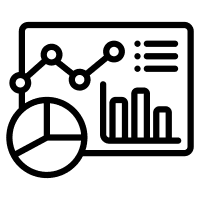
BluIQ gives you reporting, intelligence and insights in one package.
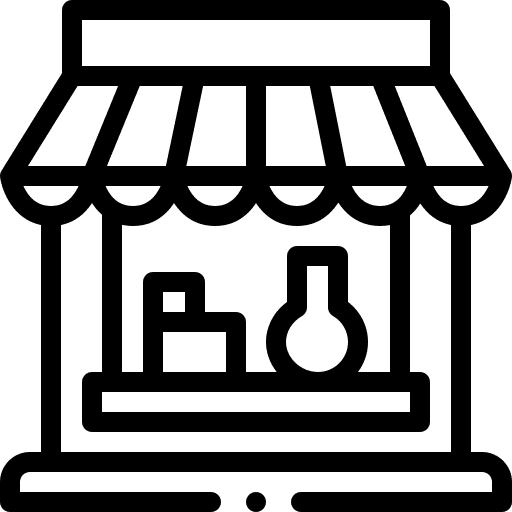
Empowering Ecommerce, Self-Management, and Seamless Renewals with Channel Support


Lessons, observations and insights for the subscription business

How BluIQ helps our customers’ subscription businesses successfully grow

The latest news and analyst reports on the Software-as-a-Service and Subscription industry

Attend an event near you to connect, learn, and gain inspiration.

The best companies in the world trust BluLogix for all of their billing needs
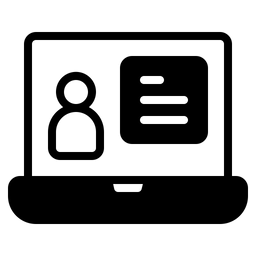
A collection of recorded webinars and videos on Software-as-a-Service and Subscription Management
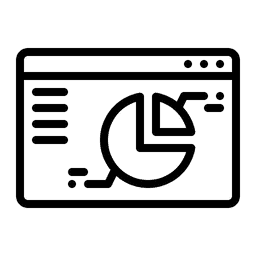
Details on BluIQ subscription management and billing platform specifications
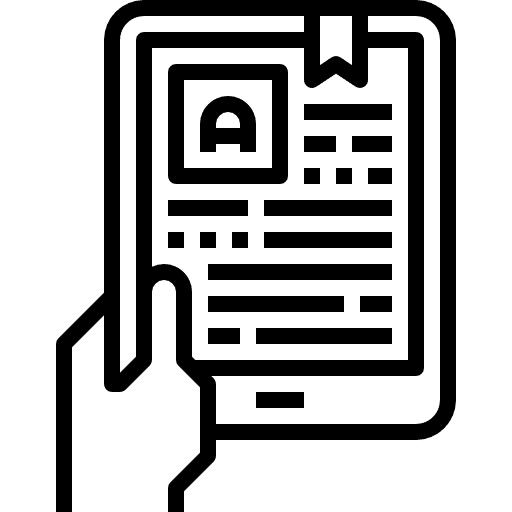
Subscription and Software-as-a-Service guides with actionable insights

Why Top Companies Choose BluLogix
Blulogix Whitepaper
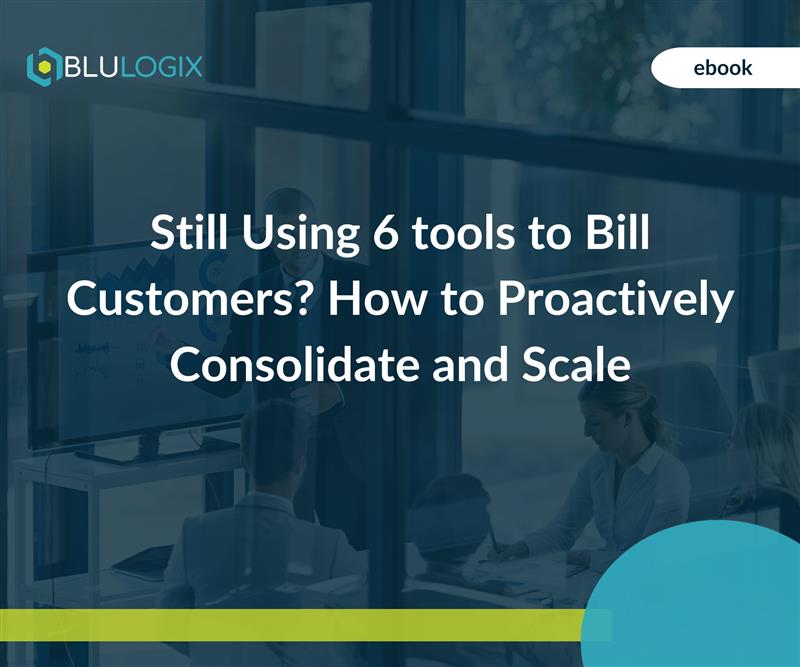
Executive Summary: In 2025, CFOs are no longer focused solely on cost control—they’re redefining how operational systems impact scale, agility, and revenue. One of their top priorities? Consolidating the quote-to-cash stack.
Over time, companies have accumulated a patchwork of point solutions for quoting, billing, usage tracking, tax compliance, revenue recognition, partner management, and analytics. What started as a smart best-of-breed strategy has morphed into a fragile, expensive, and inefficient system.
2025 is a year of both opportunity and uncertainty. Growth is back in the tech economy—but so is scrutiny. CFOs are playing a more strategic role than ever, and one of their top initiatives is vendor consolidation. They’re not just looking to cut costs—they’re looking to build operational systems that enable control, scalability, and efficiency. And nowhere is that need more evident than in the monetization stack.
This whitepaper explores why consolidation is now a strategic priority, the risks of maintaining a fragmented monetization stack, and how BluLogix’s unified platform provides the automation, visibility, and scalability CFOs demand.
The quote-to-cash process has become a minefield of tools. CPQ. Usage metering. Billing. Revenue recognition. Tax engines. Partner invoicing. Each point solution solves a need. But together, they create more problems than they solve:
These inefficiencies compound over time, creating operational drag that limits growth and frustrates both finance and ops teams.
Even worse, when new business models—like usage-based pricing or tiered partner programs—are introduced, the existing stack can’t keep up. You may need another tool. Or worse, manual workarounds.
Stack sprawl slows you down. And CFOs are starting to notice.
According to SaaStr’s Jason Lemkin: “Yes, SaaS is back. But every CFO I know is still doing vendor reviews. And still hoping to consolidate vendors.” (LLINK)
Why? Because while revenue models have evolved, monetization tools haven’t kept pace. The rise of AI, IoT, consumption pricing, hybrid service models, and complex partner ecosystems have pushed legacy billing architectures to their limits.
Most companies today are juggling 5–7 systems across:
This “patchwork stack” made sense at launch—when speed to market mattered most. But in 2025, it’s become a liability. CFOs see the cracks in the foundation: billing delays, forecasting inconsistencies, audit exposure, and limited scalability.
Organizations that once prioritized best-of-breed functionality are realizing the cost of fragmentation far outweighs the benefits. Finance teams are now asking hard questions about total cost of ownership (TCO), integration maintenance, and risk exposure.
Managing monetization across disconnected tools creates friction across the business:
CFOs are no longer willing to accept these inefficiencies. They want to consolidate for a reason: because they’ve seen the cost of not consolidating.
Instead, they’re asking:
If you can’t confidently answer those questions, your stack is likely doing more harm than good.
For years, best-of-breed was the safe bet. Choose the top-rated tool in each category and stitch them together. It gave teams specialized functionality—and the illusion of control.
But in today’s landscape of consumption pricing, embedded finance, and real-time provisioning, that model breaks down. Fast.
Here’s where best-of-breed fails:
The result? A Frankenstein-like stack that’s impossible to scale without growing your team—or your overhead.
This isn’t just a systems problem. It’s an operational risk. When no single platform owns the monetization lifecycle, accountability is diffused, and performance suffers.
A consolidated platform provides the opposite: ownership, automation, and alignment.
The alternative to fragmented tools is a single, integrated monetization platform that manages:
BluLogix offers all of these in one scalable platform, replacing 5–7 separate tools with a unified system.
The benefits?
Platform consolidation isn’t a cost center. It’s a revenue enabler.
In years past, point solutions were considered a sign of innovation. Today, they’re often viewed as technical debt.
CFOs are asking:
Today’s CFO isn’t just a cost controller—they’re a growth enabler. They need to provide clean, timely financial data. They need to understand margin by product, partner, and customer segment. And they need systems that scale with minimal overhead.
That’s why vendor consolidation is not about cutting—it’s about:
Consolidation is strategic. It’s how finance and ops unlock agility. And in a market increasingly driven by usage and hybrid pricing, it’s how businesses stay competitive.
The answer to all of these is rarely clear when you’re juggling six or more monetization tools. CFOs want clarity, control, and efficiency—which is why platform consolidation has emerged as a top initiative in 2025.
This isn’t just about cutting costs. It’s about aligning financial infrastructure to business outcomes—turning monetization into a strategic growth lever instead of an operational bottleneck.
You need more than a billing platform. You need an end-to-end monetization engine that supports advanced models across SaaS, AI, IoT, UCaaS, and MSPs.
By replacing spreadsheets and brittle integrations with automated, rules-based workflows, BluLogix provides a system that finance and ops teams can trust and scale.
BluLogix replaces 5–7 point tools with one consolidated platform that powers every stage of your revenue lifecycle:
And if you’ve already invested heavily in a tax engine, contracts system, or rev rec module—BluLogix can integrate with those, too. The platform is designed to flex: replacing what’s broken, integrating with what’s working, and connecting seamlessly with your ERP and other systems of record.
Everything flows through one system—no brittle integrations, no batch jobs, no spreadsheets.
Companies that switch to BluLogix report:
In one example, a global managed services provider replaced seven monetization systems with BluLogix. Within the first year, they recovered over $1.2M in underbilling, eliminated five custom integrations, and reduced their financial close time by 40%.
These are not just system upgrades—they’re operational transformations.
Is It Time to Consolidate?
You might be ready to consolidate if:
Ask yourself:
If the answer isn’t a confident yes—your stack might be working against you.
Planning Your Consolidation Roadmap
If your CFO hasn’t asked yet, they will. The best time to start simplifying is before the stack breaks. Here’s how:
It’s not just about tools. It’s about aligning technology to strategy—and enabling growth without chaos.
Vendor consolidation isn’t just a trend—it’s a business strategy. CFOs are no longer waiting for operational leaders to initiate change. They’re leading it.
And they’re doing it not because point solutions are bad—but because platforms are better.
They provide:
Whether you’re replacing broken tools or extending systems you trust, BluLogix gives you the flexibility, control, and scalability to modernize your monetization—and future-proof your revenue operations.

President, Allnet Air Inc. - Telecommunications
Best Outsourced Billing for Mobility

Manager, Cloud Billing - Computer Software
BluLogix has been a great partner.
“Over the last several years, I have seen continual enhancements and additions to the platform. BluLogix has created a comprehensive solution for users. They provide great communication regarding upgrades and address concerns thoroughly and timely.”

Marketing, Graphic Design & Social Media Management - Marketing and Advertising
Fantastic platform. Recommend!

President, Allnet Air Inc. - Telecommunications
Best Outsourced Billing for Mobility

Manager, Cloud Billing - Computer Software
BluLogix has been a great partner.
“Over the last several years, I have seen continual enhancements and additions to the platform. BluLogix has created a comprehensive solution for users. They provide great communication regarding upgrades and address concerns thoroughly and timely.”

Marketing, Graphic Design & Social Media Management - Marketing and Advertising
Fantastic platform. Recommend!
| Cookie | Duration | Description |
|---|---|---|
| cookielawinfo-checbox-analytics | 11 months | This cookie is set by GDPR Cookie Consent plugin. The cookie is used to store the user consent for the cookies in the category "Analytics". |
| cookielawinfo-checbox-functional | 11 months | The cookie is set by GDPR cookie consent to record the user consent for the cookies in the category "Functional". |
| cookielawinfo-checbox-others | 11 months | This cookie is set by GDPR Cookie Consent plugin. The cookie is used to store the user consent for the cookies in the category "Other. |
| cookielawinfo-checkbox-necessary | 11 months | This cookie is set by GDPR Cookie Consent plugin. The cookies is used to store the user consent for the cookies in the category "Necessary". |
| cookielawinfo-checkbox-performance | 11 months | This cookie is set by GDPR Cookie Consent plugin. The cookie is used to store the user consent for the cookies in the category "Performance". |
| viewed_cookie_policy | 11 months | The cookie is set by the GDPR Cookie Consent plugin and is used to store whether or not user has consented to the use of cookies. It does not store any personal data. |
The Ultimate in Flexibility and Scalability for Subscription Management and Billing.
